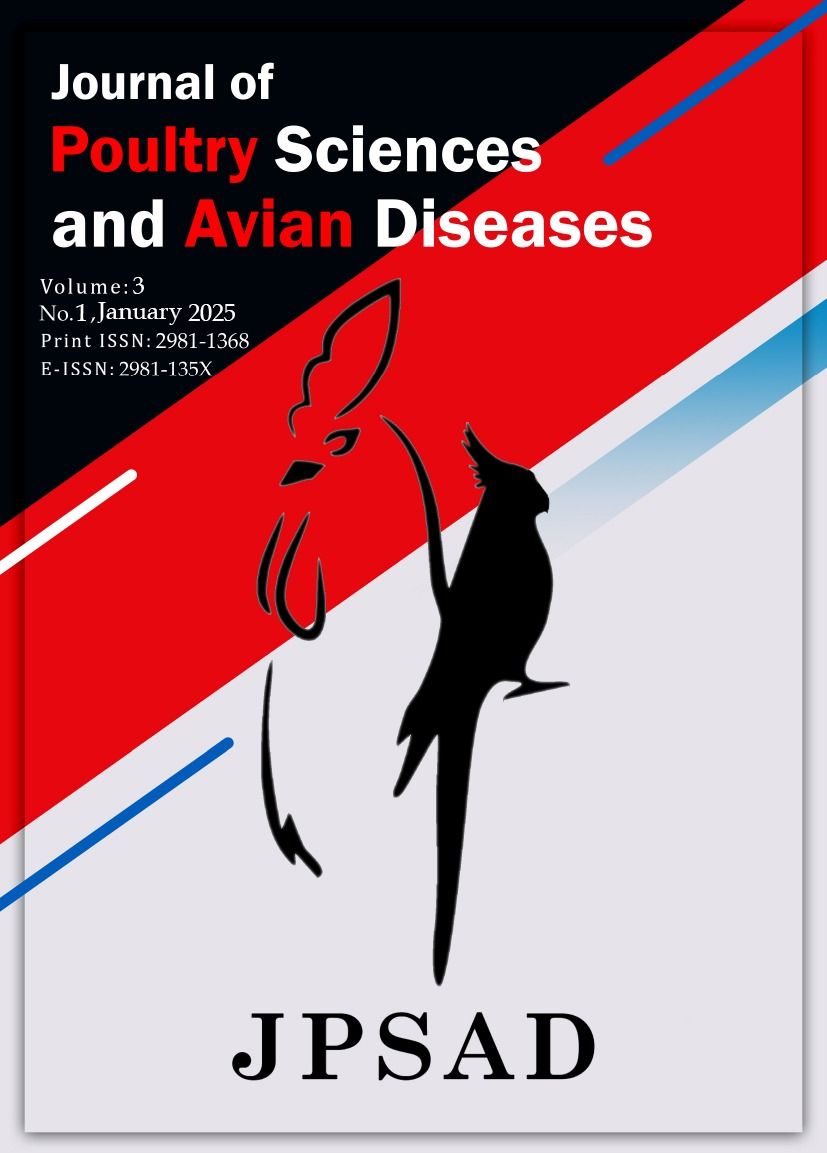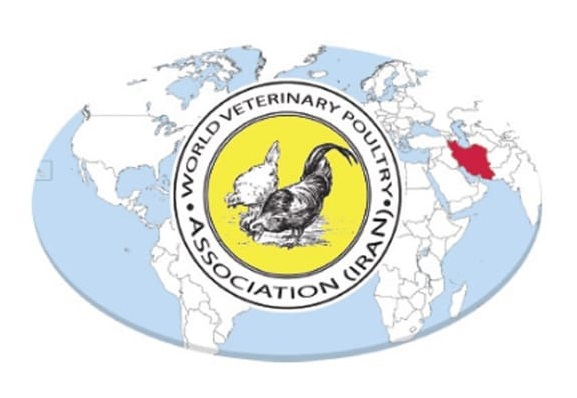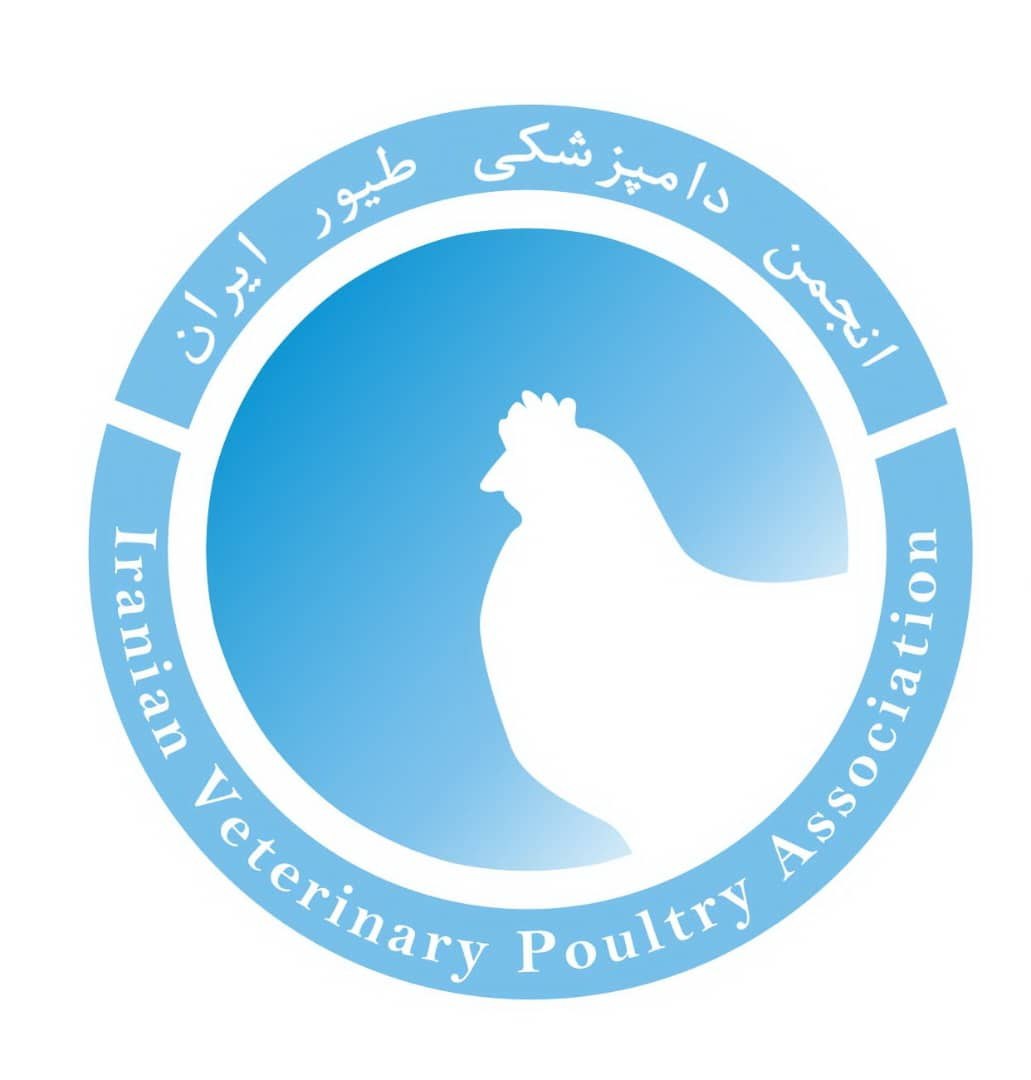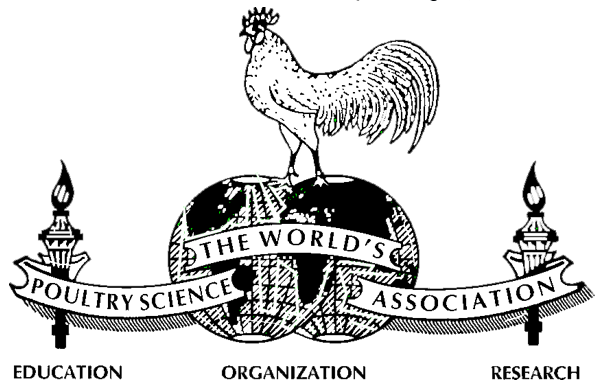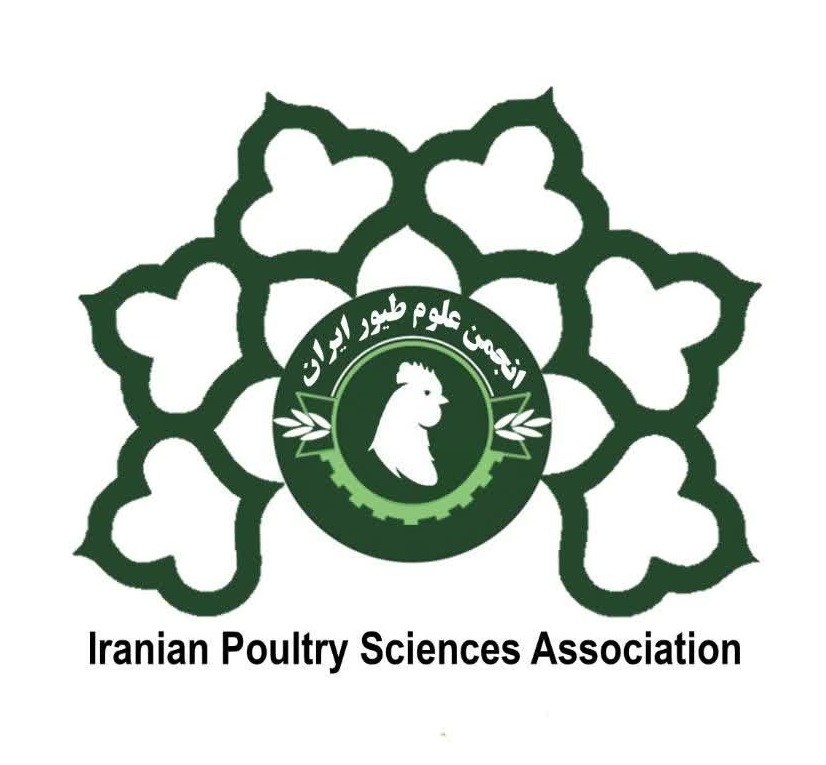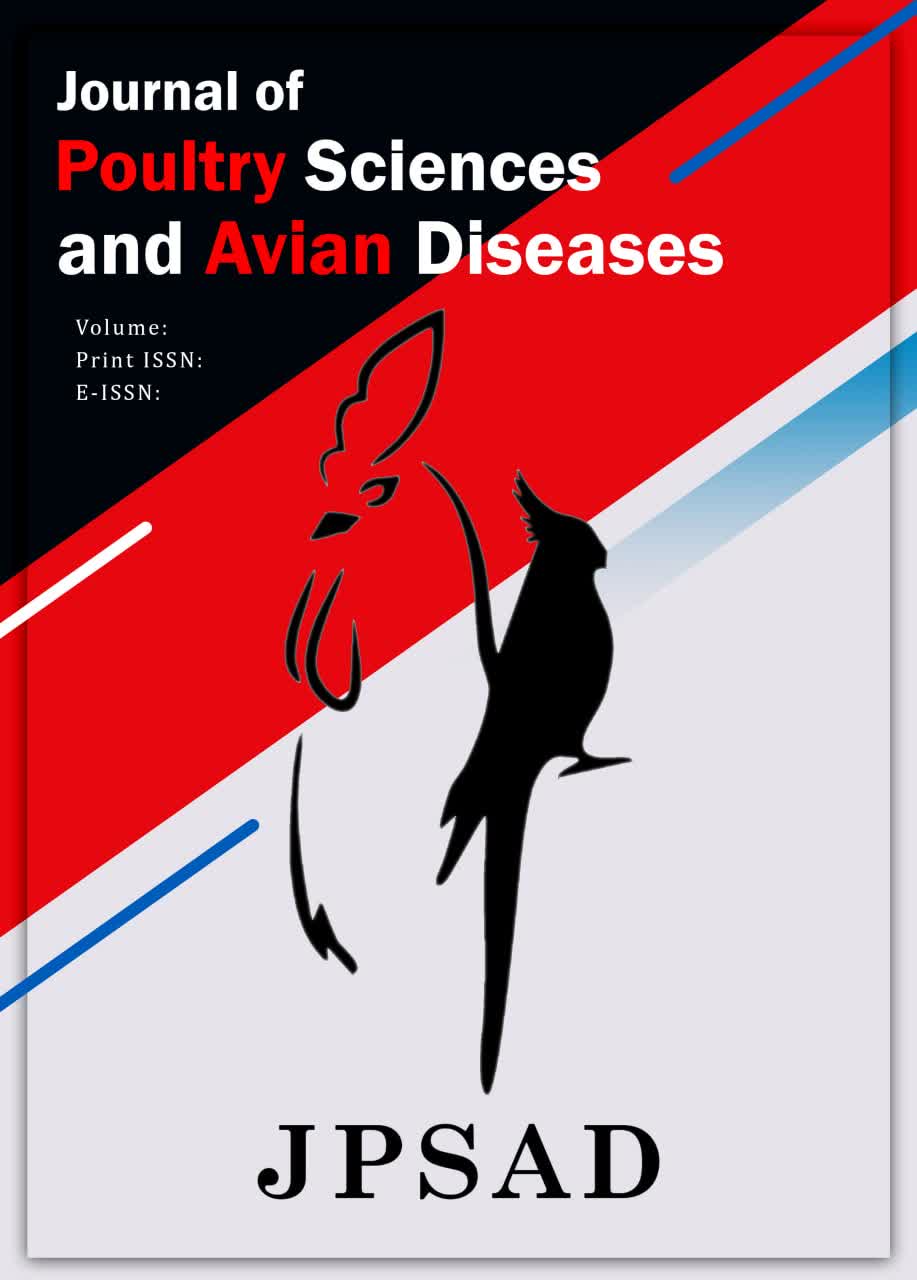Public Health Impact of Staphylococcal and Clostridial Infections of Poultry: A Comprehensive Review
Keywords:
C. perfringens, Foodborne diseases, Poultry, Public health, S. aureusAbstract
Staphylococcus aureus causes staphylococcal food poisoning and several difficult-to-treat infections in humans. The occurrence and dissemination of methicillin-resistant S. aureus (MRSA) is crucial and well documented in various studies. MRSA is an increasing public health concern worldwide. In addition, S. aureus is resistant to commonly used antibiotics in poultry farms, which is a concern to public health because of the transmission of this bacteria after consuming poultry meat. Hence, these highlight the significance of antimicrobial and enterotoxigenic monitoring of S. aureus in food chains. Clostridium perfringens is a ubiquitous spore-forming anaerobic pathogen that causes broilers' clinical or subclinical necrotic enteritis. At the same time, in humans, it is the causal agent of foodborne diseases, frequently related to the consumption of chicken meat. Moreover, enterotoxin-producing C. perfringens has high zoonotic potential as well as serious public health concerns due to the emanation of foodborne intoxication. The high diversity and occurrence of C. perfringens and S. aureus strains indicate the need to carry out various plans to control C. perfringens and S. aureus associated with foodborne infections. Meanwhile, clinical importance is assisting in understanding the occurrence, source, reservoir, and evolution of antibacterial resistance of C. perfringens and S. aureus to establish the control of these pathogens.
Downloads
Downloads
Published
Issue
Section
License
Copyright (c) 2024 Peyman Nakhaee, Hafez Mohamed Hafez (Author)

This work is licensed under a Creative Commons Attribution-NonCommercial 4.0 International License.

